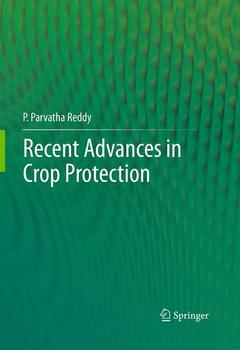Description
Recent advances in crop protection, Softcover reprint of the original 1st ed. 2013
Author: Reddy P.Parvatha
Language: English
Keywords
Publication date: 08-2016
Support: Print on demand
Publication date: 09-2012
268 p. · 17.8x25.4 cm · Hardback
Description
/li>Contents
/li>Biography
/li>Comment
/li>
Preface.- chapter 1. introduction.-chapter2. avermectins.-chapter3. bacteriophages.-chapter 4. biofumigation.-chapter 5. biotechnological approaches.-chapter6. bio-priming of seeds.- chapter 7. disguising the leaf surface.-chapter 8. non-pathogenic strains.- chapter 9. plant defense activators.-chapter 10. plant growth promoting rhizobacteria (pgpr).-chapter 11. soil solarization.-chapter 12. strobilurin fungicides.-chapter 13. variety mixtures/cultivar mixtures/multilines.-chapter 14. biointensive integrated pest management.- chapter 15. pathogenesis-related proteins (prs).-chapter16. other recent advances.-subject index.




